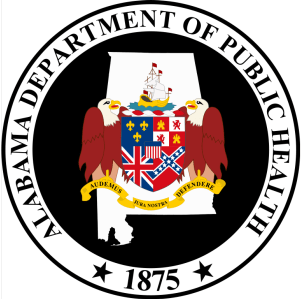Title Page
-
Company Name
-
Conducted on
-
Prepared by
-
Location
Employers Should
-
Allow employees to work from home as much as possible
-
Screen all employees reporting to work for COVID-19 symptoms with the following questions:
-
Have you been in close contact with a confirmed case of COVID-19?
-
Are you experiencing a cough, shortness of breath or sore throat?
-
Have you had a fever in the last 48 hours?
-
Have you experienced new loss of taste or smell?
-
Have you experienced vomiting or diarrhea in the last 24 hours?
Screen Employees for Fever
-
Best practice: employers should take temperatures onsite with a no-touch thermometer each day upon a person’s arrival at work
-
Minimum practice: an employee may take his or her temperature before arriving. In either case, a normal temperature does not exceed 100.4 degrees Fahrenheit
-
Direct any employee who exhibits COVID-19 symptoms, who answers yes to any of the screening questions or who is running a fever, to leave the premises immediately and seek medical care or COVID-19 testing or both.
-
Implement workplace cleaning and disinfection practices, according to CDC guidelines, with regular sanitization of often-touched surfaces at least every two hours.
Employees
-
Stay home when feeling ill, when exposed to COVID-19 (for instance, if someone at home is infected), or if diagnosed with a confirmed case of COVID-19. People who are particularly vulnerable to COVID-19, such as people 65 or older or people with heart disease, diabetes, or other chronic conditions, are encouraged to work from home.
-
Increase hygiene practices: wash hands more frequently, avoid touching your face, practice good etiquette when coughing or sneezing.
-
Wear a cloth face covering (not an N-95 or medical mask, which should be reserved for healthcare workers) while at work and in public to help protect against the spread of the virus.
-
Abide by guidelines established by employer, which may include the use of gloves, social distancing practices in the workplace and increased sanitation.
Improve Ventilation
-
As basic principles of social distancing, surface cleaning and disinfection, handwashing and other strategies of good hygiene are of the utmost importance in preventing the spread of COVID-19, ventilation in facilities should also be considered.
Consider improving the engineering controls using the building ventilation system. This may include some or all of the following activities: -
Increase ventilation rates.
-
Increase the percentage of outdoor air that circulates into the system.
-
Do not recirculate air
Sign Off
-
Sign Off
















